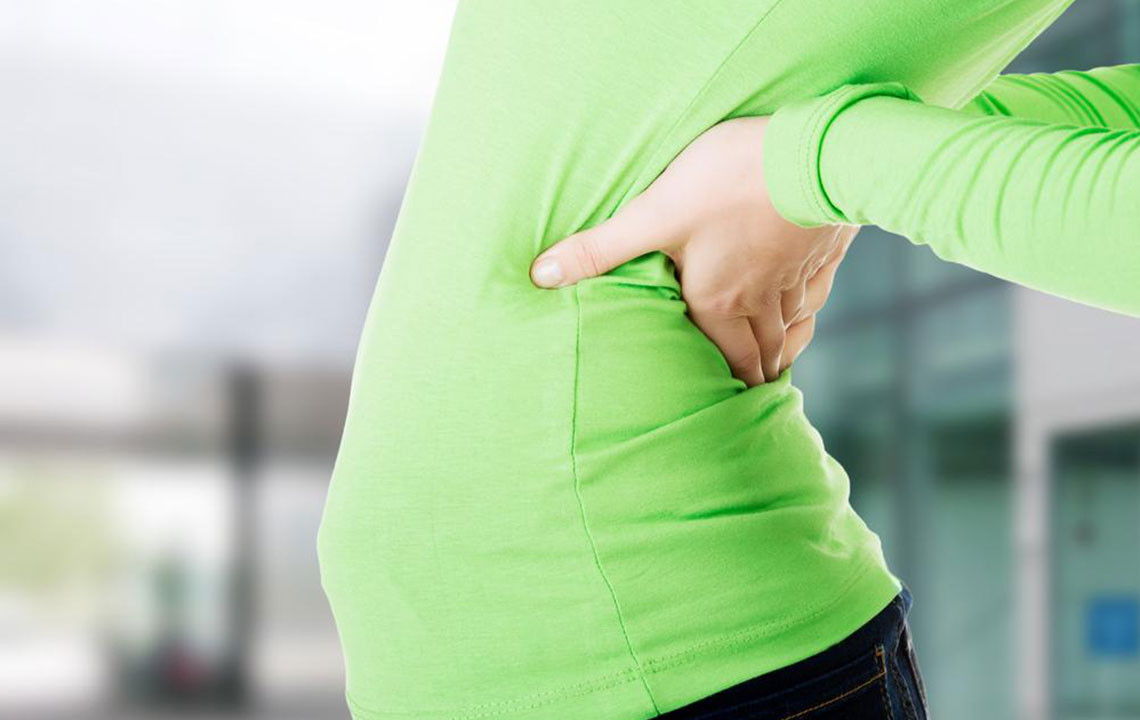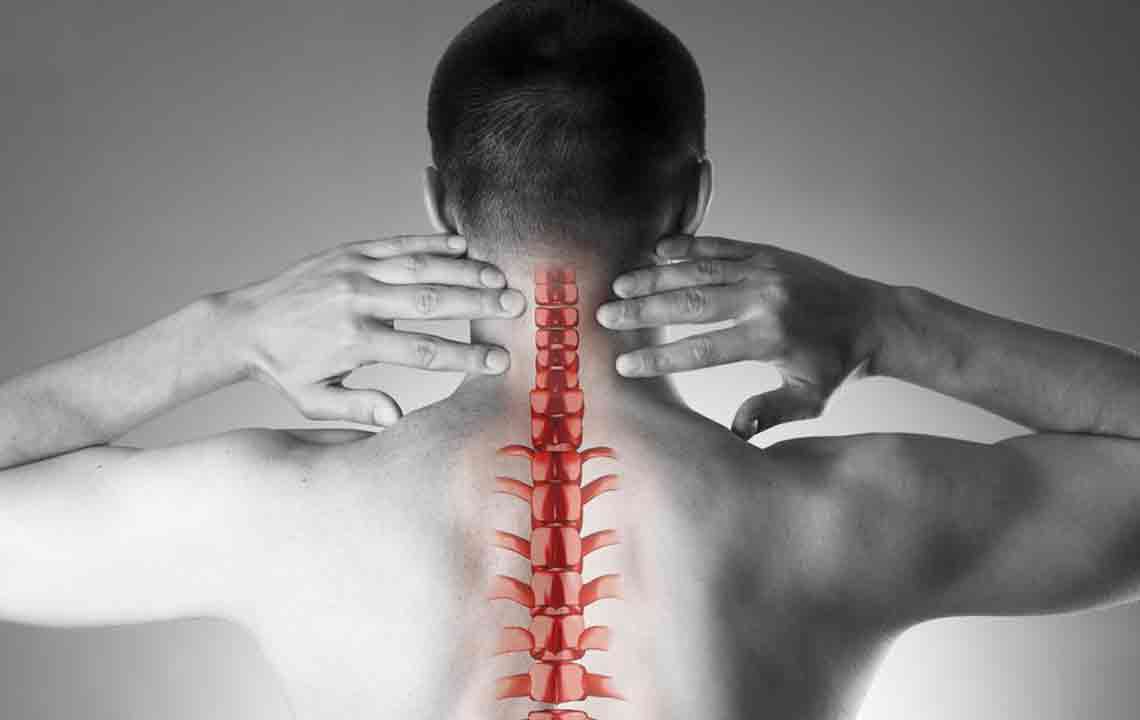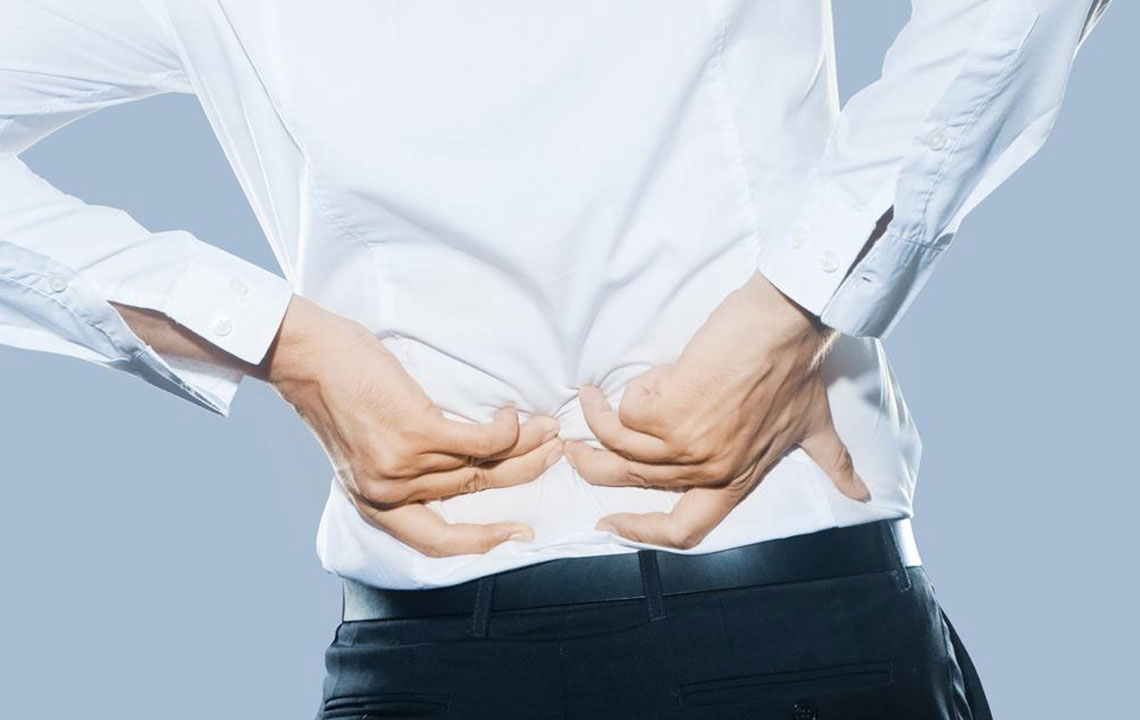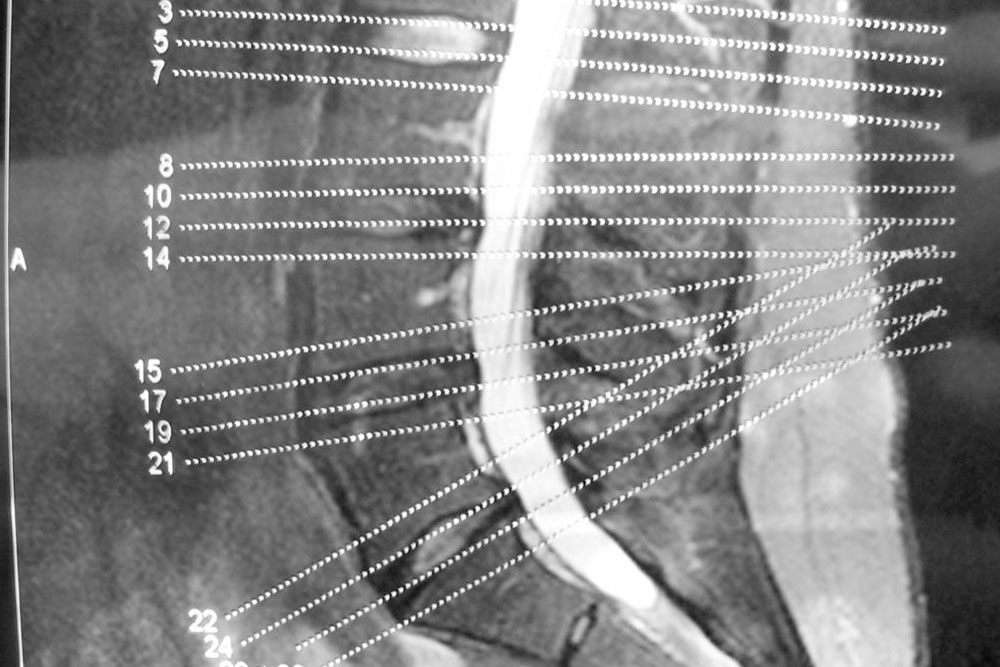Comprehensive Guide to Herniated Discs: Causes, Symptoms, and Effective Treatment Options
This detailed guide explains herniated discs, including their causes, symptoms, diagnosis, and treatment options. It emphasizes the importance of early detection and lifestyle changes to prevent or manage this common spinal problem. Whether through conservative therapies or surgical procedures, understanding your options can lead to better health outcomes and improved quality of life.

Comprehensive Guide to Herniated Discs: Causes, Symptoms, and Effective Treatment Options
The human spine is a complex structure designed to provide support, flexibility, and protection for the spinal cord. Central to its function are the intervertebral discs, which act as shock absorbers between the vertebrae. When these discs become damaged or displaced, it leads to a condition known as a herniated disc, which can cause significant discomfort and neurological issues. In this comprehensive guide, we explore the causes, symptoms, diagnosis, and various treatment options available for herniated discs, helping readers understand how to prevent and manage this common spinal problem.
What Is a Herniated Disc?
A herniated disc occurs when the soft inner core of an intervertebral disc protrudes through the tough outer layer, often pressing against nearby nerves. This protrusion, sometimes referred to as a slip or bulging disc, can irritate nerves, leading to pain, numbness, and weakness in affected areas. The condition can develop in any part of the spine but is most common in the lumbar (lower back) and cervical (neck) regions.
Understanding how herniated discs form is essential for prevention and effective treatment. These issues primarily arise from degenerative changes that occur with aging, combined with other risk factors. Recognizing the root causes and symptoms early can significantly improve treatment outcomes and quality of life.
Primary Causes of Herniated Discs
Degenerative Disc Disease: As we age, discs naturally lose water content and flexibility, making them more vulnerable to tearing and herniation. This degeneration weakens the structural integrity of the disc and predisposes it to protrusion.
Mechanical Stress and Repetitive Movements: Jobs or activities involving repetitive bending, twisting, or heavy lifting place excessive strain on the spine, increasing the risk of disc herniation.
Trauma or Sudden Injury: Accidents, falls, or sports injuries can directly damage the disc, causing it to bulge or rupture.
Lifestyle Factors: Smoking, poor posture, lack of regular exercise, and obesity all contribute to disc degeneration and herniation risk.
Age plays a significant role in disc health. As the age-related changes weaken the annulus fibrosus (the outer layer), the disc becomes more prone to protrusion. Excess body weight and poor ergonomic habits further exacerbate this vulnerability, emphasizing the importance of maintaining a healthy lifestyle to protect spinal health.
Symptoms of Herniated Discs
The manifestation of symptoms largely depends on the location of the herniation and the nerves affected. Common symptoms include:
Cervical Herniation (Neck Region): Pain, numbness, or tingling sensations in the neck, shoulders, arms, and hands. Some individuals may experience weakness in these areas, affecting daily activities.
Lumbar Herniation (Lower Back): Persistent lower back pain, often radiating down the buttocks and into the legs (sciatica). Numbness, tingling, or weakness in the legs and feet can also occur.
Neurological Symptoms: Weakness, reflex loss, or difficulty controlling bladder or bowel functions may arise if nerve compression is severe.
Early recognition of these symptoms is critical for timely diagnosis and treatment. Diagnostic imaging techniques like X-rays, Magnetic Resonance Imaging (MRI), or CT scans help confirm the presence and extent of disc herniation.
Diagnosing Herniated Discs
Accurate diagnosis involves a physical examination focusing on pain points, reflexes, strength, and nerve function. Imaging tests, particularly MRI scans, provide detailed images of soft tissues, clearly showing the herniation and nerve impingement. These diagnostic tools enable healthcare professionals to develop tailored treatment plans based on the severity and location of the herniation.
Effective Treatment Approaches for Herniated Discs
Managing herniated discs involves a combination of conservative measures, lifestyle adjustments, medications, and in some cases, surgical interventions. The goal is to relieve pain, reduce nerve compression, and restore normal function.
Conservative Treatments
Rest and Activity Modification: Avoid activities that exacerbate symptoms. Short periods of rest may help reduce inflammation but prolonged inactivity should be avoided.
Medications: Over-the-counter nonsteroidal anti-inflammatory drugs (NSAIDs) such as ibuprofen or naproxen can alleviate pain and reduce inflammation. Muscle relaxants may also be prescribed for muscle spasms.
Physical Therapy: Customized exercises help strengthen the back and core muscles, improve flexibility, and stabilize the spine. Techniques like traction, stretching, and manual therapy support recovery.
Cold and Hot Compresses: Applying ice packs reduces inflammation and swelling, especially during the initial phase. Hot packs help relax tense muscles and improve blood flow during later stages.
Advanced and Surgical Treatments
When conservative treatments fail to provide relief, or if neurological deficits worsen, more invasive options may be considered:
Epidural Steroid Injections: These reduce inflammation around affected nerves and can provide significant pain relief.
Surgical Intervention: Procedures such as a discectomy or microdiscectomy remove the herniated portion of the disc to decompress nerves. In some cases, spinal fusion or disc replacement might be necessary for stability.
While surgery offers a high success rate for relieving symptoms, recovery depends on individual factors and adherence to rehabilitation protocols.
Preventative measures are equally important. Maintaining good posture, regular exercise, weight management, and avoiding smoking can significantly reduce the risk of herniated discs.
Understanding the complexities of herniated discs and adopting proactive health measures can greatly improve prognosis and enhance quality of life. Consulting with healthcare professionals for proper diagnosis and tailored treatment plans is essential for effectively managing this common spinal condition.





